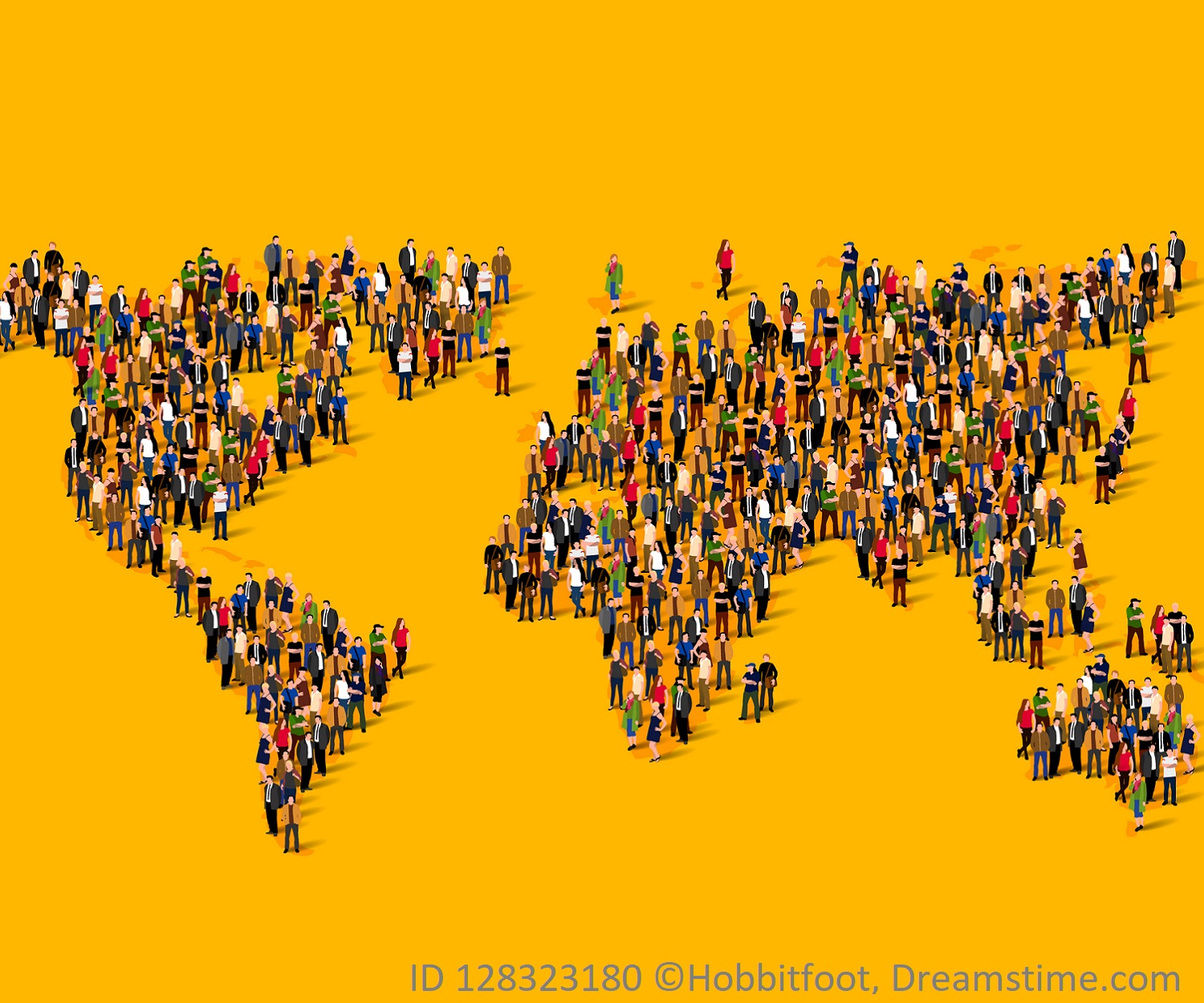Climate Migration: An Introduction to This Year’s Global Topic
As the planet undergoes rapid changes due to climate change, one of the significant consequences is climate migration. Climate migration refers to people, animals, and plants moving from one place to another in response to changing environmental conditions. This migration is driven by various factors related to global warming, including natural disasters, altered ecosystems, sea-level rise, extreme weather events, and changing patterns of disease spread. The effects of climate migration are far-reaching, impacting not only human communities but also wildlife and entire ecosystems.
For humans, climate migration presents complex challenges, as vulnerable communities face displacement and the need to seek new homes and livelihoods. With 140 million people predicted to move within their countries by 2050, issues related to urbanization can be expected to continue.
Meanwhile, natural disasters like hurricanes, floods, and wildfires increasingly force people to flee their homes entirely. As sea levels rise and coastal communities risk flooding, the need to relocate becomes more urgent. Additionally, changing weather patterns and the spread of diseases alter the dynamics of public health and population movement.
Animals and plants, too, experience the consequences of climate change and are compelled to migrate in search of suitable habitats. For some species, this means shifting their ranges to cooler or more favorable environments. For others, it may lead to loss of habitat and the risk of extinction. The interconnectedness of ecosystems means that the movement of one species can have cascading effects on others and on the overall balance of nature.
Learn more about Climate Migration by reading the full topic overview.







